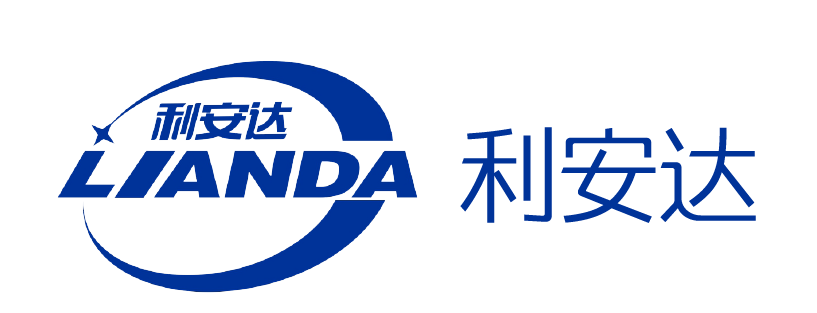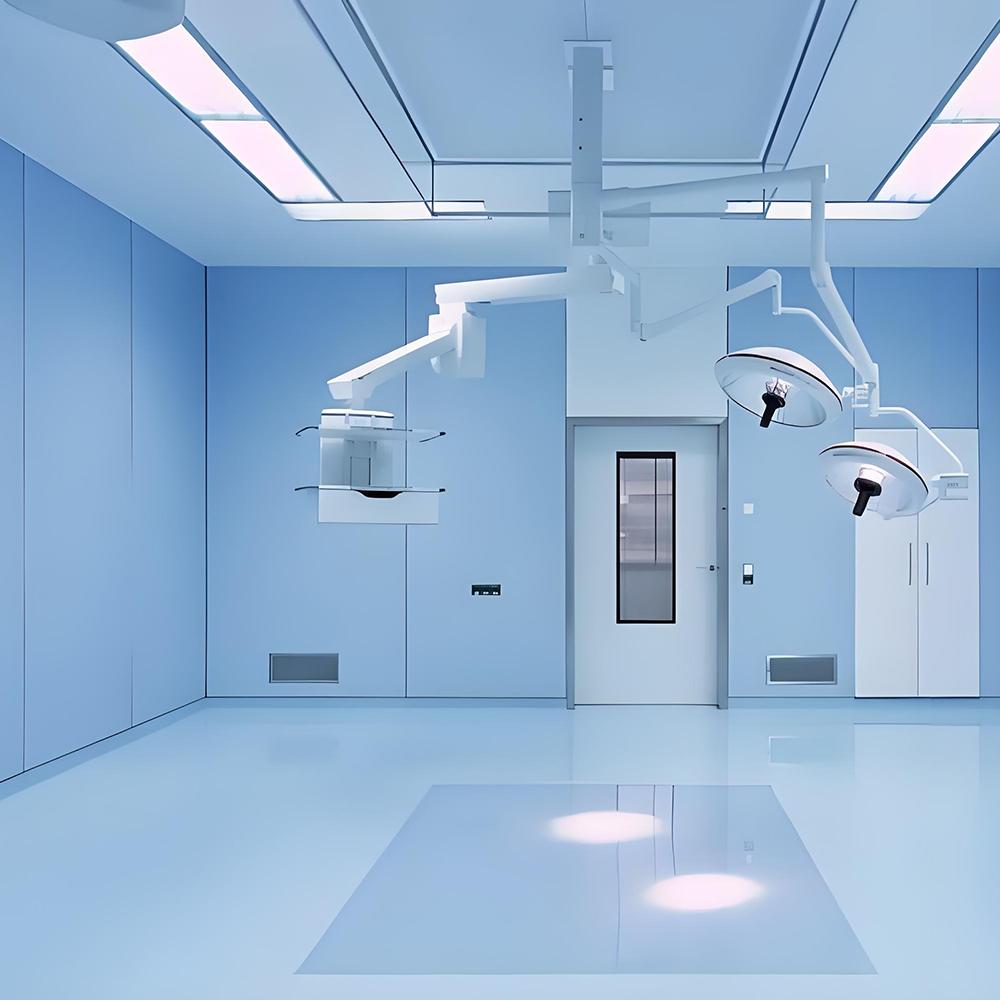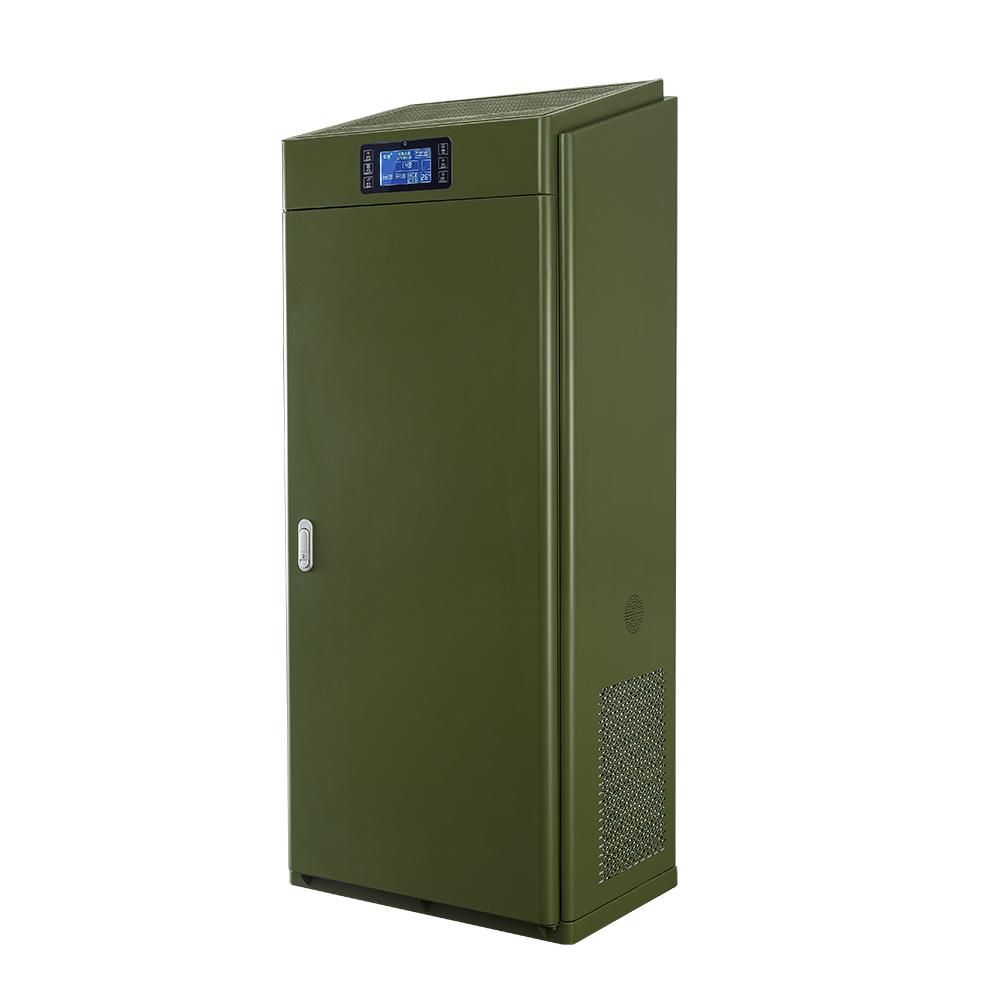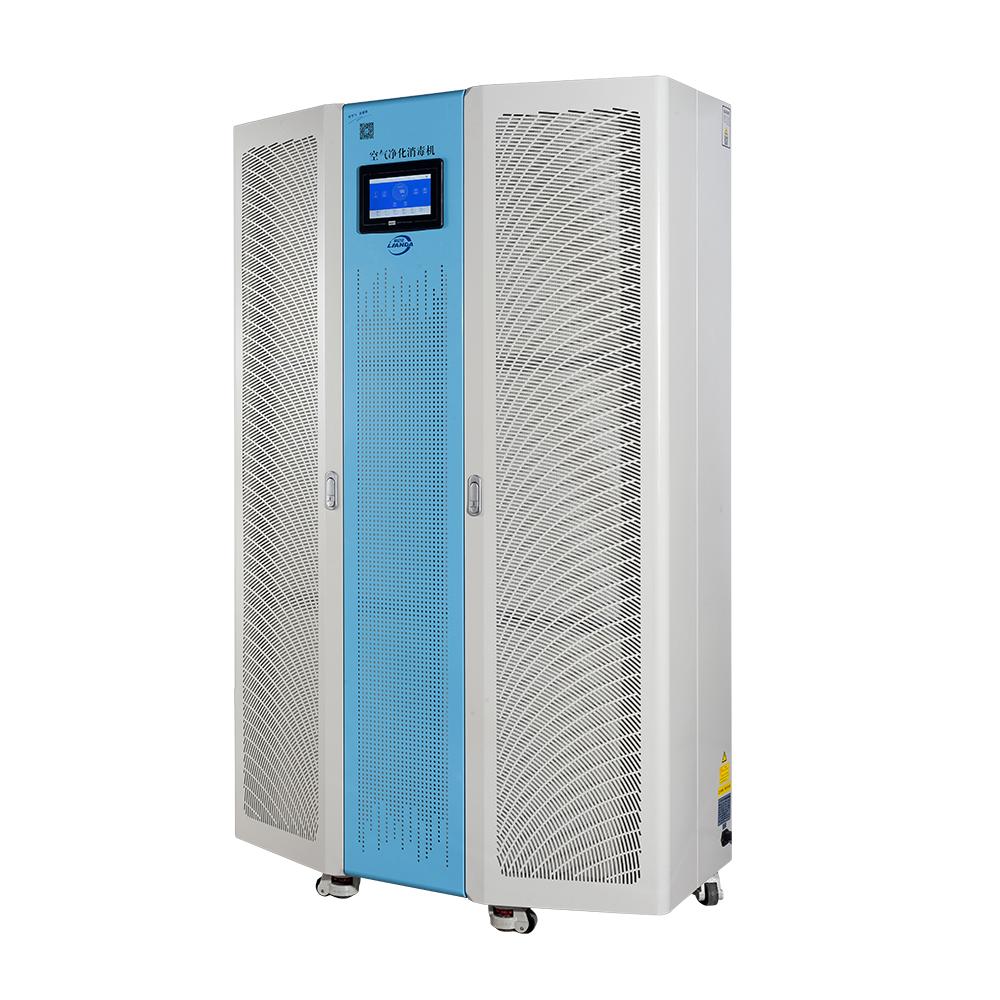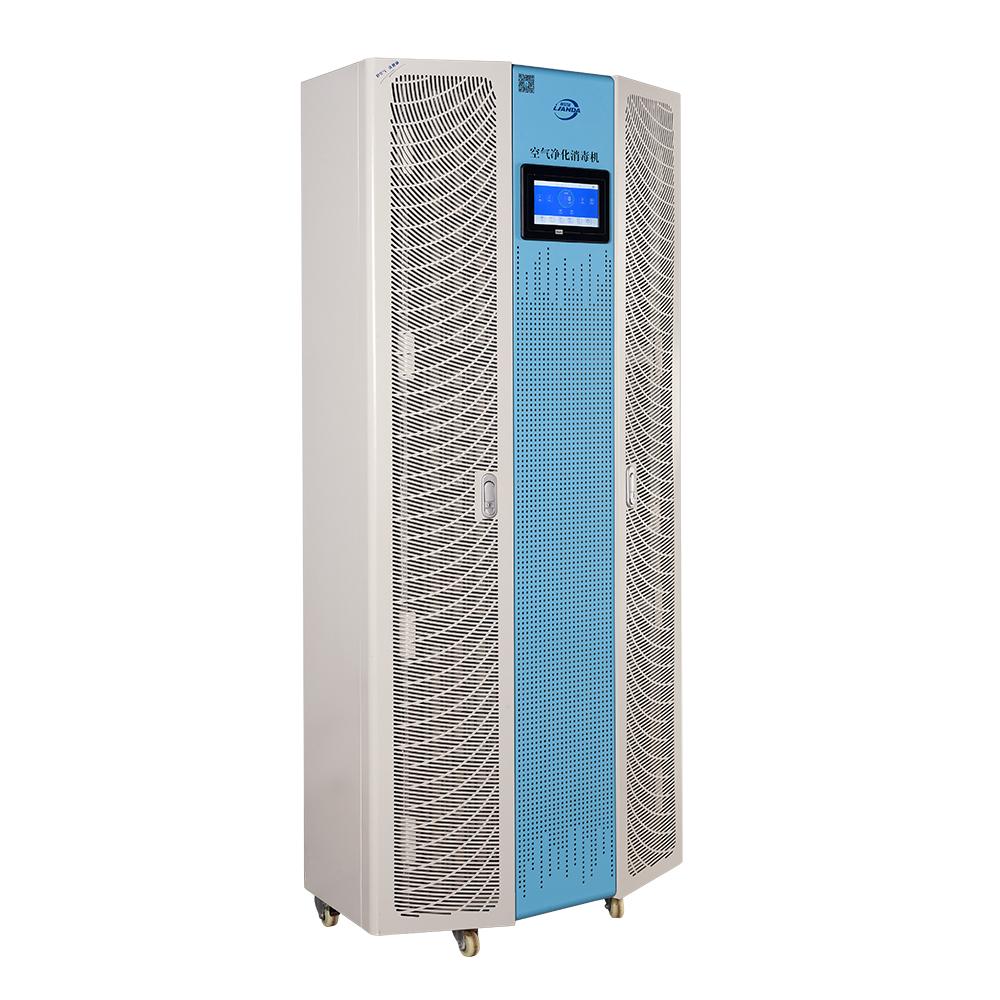The development history of China's air purifier factory
China's air purifier industry started late, but with the improvement of environmental awareness, the aggravation of air pollution problems and the increase in consumers' demand for health, the air purifier market has developed rapidly. Today we will introduce to you the development history of China's air purifier factory, analyze the key factors from its start to rise, and look forward to future trends.
Ⅰ. Early start: initial exploration of the market
In the 1990s, China's air purifier market was almost blank. With the rapid development of China's economy, the urbanization process has accelerated, and air pollution problems have gradually emerged. Especially in some large cities, industrial emissions, automobile exhaust, and construction have caused the air quality to deteriorate. Despite this, air purifiers have a low awareness in the Chinese market and are expensive, mainly concentrated in some high-end consumer groups and office places.
At this stage, the technology of air purifier products is relatively simple, and most of them use traditional filters for air purification. There are no particularly mature products and professional factories on the market.
Ⅱ. Technological progress and market expansion (2000-2010)
After entering the 21st century, with the continuous growth of China's economy, the problem of air pollution has become more serious, especially the emergence of haze has made the public begin to pay attention to the impact of air quality on health. The air pollution control actions before and after the 2008 Beijing Olympics made air purifiers gradually enter the vision of ordinary families. At the same time, domestic air purifier manufacturers also began to emerge and emerge.
In the late 2000s, the market for air purifiers gradually started. Many domestic electronic products and home appliance manufacturers saw the potential of this market and began to invest in research and development and production. Some well-known domestic companies, such as Midea, Gree, Haier, etc., also began to get involved in the production of air purifiers. Air purifiers during this period mainly used HEPA (high-efficiency particulate air) filtration technology, and gradually added intelligent control, air quality monitoring and other functions. Consumers' awareness of air purifiers gradually improved, and market demand began to grow gradually.
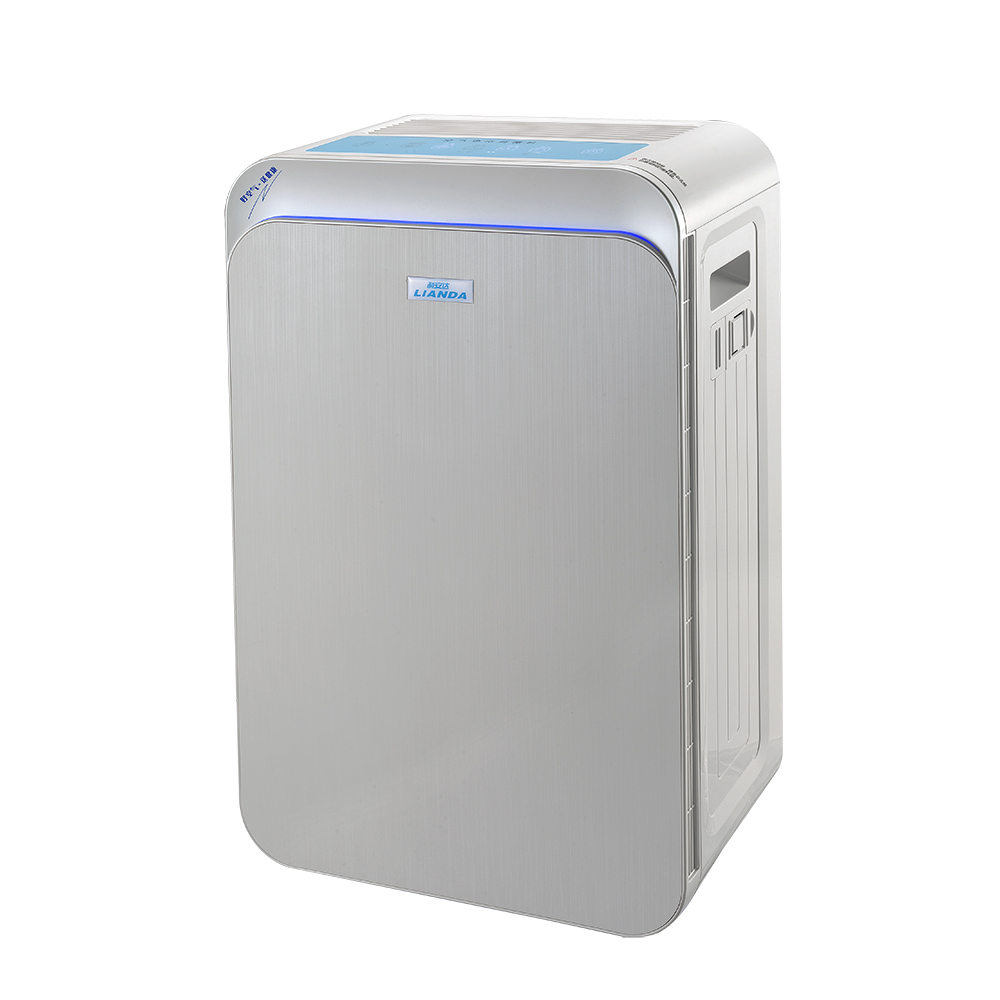
Ⅲ. Rapid development and industrial upgrading (2010-2020)
After 2010, with the transformation of China's economy and the gradual strengthening of environmental protection policies, the market for air purifiers has experienced explosive growth. Especially after 2013, the increasingly serious haze problem has become the main driving force for the growth of demand for air purifiers. The government has introduced a series of policies to promote air quality monitoring and improvement, further promoting the development of the air purifier industry.
In 2013, haze pollution occurred frequently in Beijing-Tianjin-Hebei and the Yangtze River Delta, which promoted the popularization of air purifiers. Consumers began to pay more attention to air quality, and air purifiers gradually changed from high-end consumer products to mass home appliances. A large number of brands have emerged in the market, covering products of different prices and functions, meeting the needs of different consumers.
At this time, the technical level of air purifier factories has gradually improved, and production equipment and processes have been improved. Many factories began to focus on product research and development and innovation, not only improving the filtering effect, but also incorporating more intelligent functions, such as automatic adjustment, remote control, intelligent voice, etc., making air purifiers more competitive in the market. At the same time, the factory has also carried out refined management in the production process, improving the quality and production efficiency of the products.
In addition, with the upgrading of consumption and the rise of the middle class, consumers' requirements for air purifiers are not limited to basic air freshness functions, but also pay more attention to appearance design, quiet effect, energy efficiency and other aspects. Many companies have increased their investment in research and development to promote the continuous upgrading of products.
Ⅳ. Market maturity and diversified development (2020 to present)
After entering the 2020s, China's air purifier market has gradually matured. Although the problem of air pollution still exists, the overall air quality has improved with the improvement of government policies and the improvement of environmental protection standards. At the same time, consumers' requirements for air purifiers have gradually diversified, from simple air purification to air purification and indoor air quality monitoring, smart interconnection and other multi-functional combination products. The demand is growing.
At present, domestic air purifier factories have made significant progress in technological innovation and production processes. Multi-filtration systems based on HEPA, activated carbon, negative ions and other technologies have become the mainstream of the market. At the same time, with the development of technologies such as artificial intelligence and the Internet of Things, smart air purifiers have become a new development trend. Many brands have launched high-end functions such as remote operation, automatic adjustment, and real-time monitoring of air quality to meet the needs of higher-end consumer groups.
In addition, with the continuous improvement of Chinese consumers' health awareness, air purifier products have also expanded from indoor air purification to car air purifiers, personal air purification equipment and other sub-sectors. Air purifier factories have also gradually developed in a diversified direction, expanding more market space.
Ⅴ. Future Outlook
With the continuous advancement of technology and changes in consumer demand, China's air purifier factories will face more intense market competition in the future. It is expected that in the next few years, air purifier products will be more intelligent and personalized, with higher energy efficiency and lower noise. At the same time, with the strengthening of environmental protection policies, the standardization and standardization of air purifiers will be further promoted.
In the future, the air purifier industry may also form a more comprehensive smart home system through integration with other home appliances. For air purifier factories, technological innovation, brand building and global layout will become the key to future development.
From the initial start to the rapid development today, China's air purifier factories have gone through multiple stages such as technological innovation, market expansion, and product diversification. With the changes in consumer demand and the advancement of technology, future air purifiers will be smarter and more efficient, contributing to improving indoor air quality and enhancing people's health.
